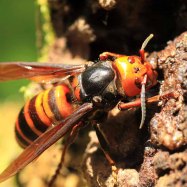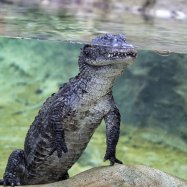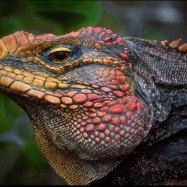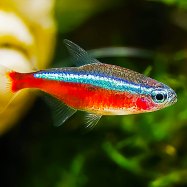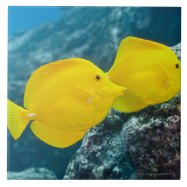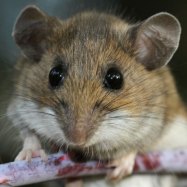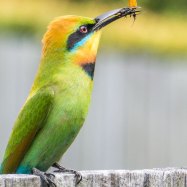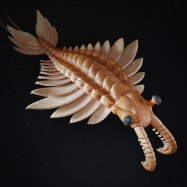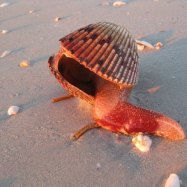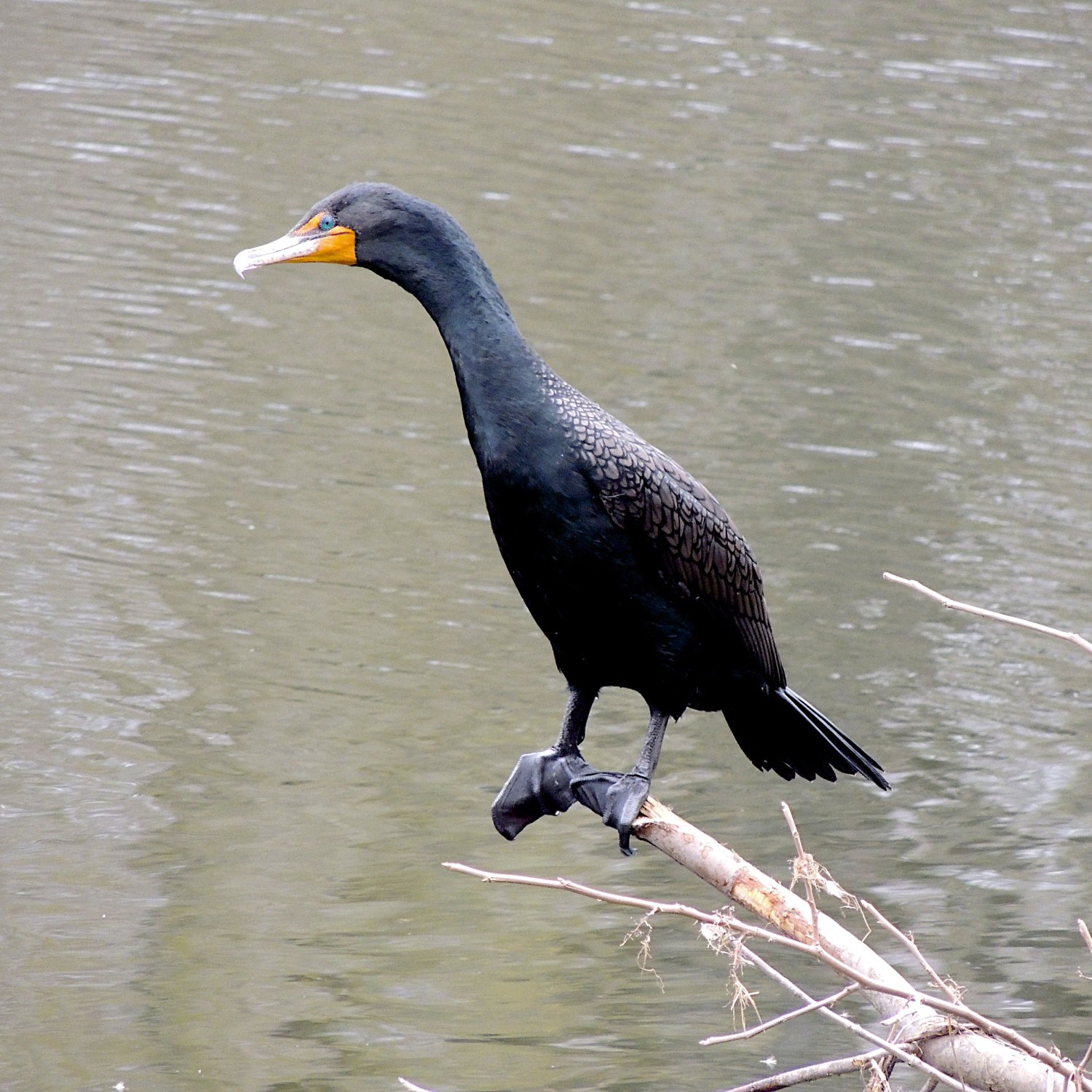
Cormorant
60 - 100 cm
The cormorant, a slender bird with a long neck and hooked bill, can be found along coastlines, lakes, and rivers. Belonging to the Phalacrocoracidae family, these birds measure 60-100 cm in length. Keep an eye out for these fascinating creatures on your next trip to the water's edge. #cormorant #coastalbirds #animalfacts
Animal Details Summary:
Common Name: Cormorant
Kingdom: Animalia
Habitat: Coastal areas, lakes, rivers
The Fascinating Cormorant: Masters of the Water World
Have you ever caught a glimpse of a slender black bird diving into the water, only to emerge moments later with a sleek fish in its bill? You may have witnessed the incredible hunting abilities of the cormorant, a species of bird that has perfected the art of fishing in the water. These birds have captured the imagination of humans for centuries, with their unique appearance and incredible diving skills. In this article, we will dive into the world of cormorants and discover the secrets behind their success in the water.An Introduction to Cormorants
Scientifically known as Phalacrocorax, cormorants are a group of aquatic birds in the kingdom Animalia Cormorant. They belong to the phylum Chordata and the class Aves, making them a type of bird. Within the order Suliformes, cormorants are part of the family Phalacrocoracidae, along with their close relatives, shags.Habitat and Distribution
Cormorants are found all over the world, from coastal areas to lakes and rivers. They are adaptable birds and can thrive in a variety of habitats, as long as there is access to water and an abundant supply of fish. However, due to their dependence on aquatic environments, they are rarely found in areas far from water bodies.While there is no specific country that can claim cormorants as their own, these birds can be found in almost every continent, from Europe to Asia, and from North America to Australia. They are skilled at navigating coastlines, lakes, and rivers, and can even be found in urban areas near bodies of water.
Physical Characteristics
Cormorants have a distinctive appearance, with a long, slender body, a long neck, and a hooked bill. This body shape is perfectly adapted for their lifestyle as diving birds Crocodile Monitor. They have webbed feet and long, powerful legs that help them swim and propel themselves through the water.The coloration of cormorants is mostly black, with some species having white patches on their chests and faces. The dark color helps them blend in with their surroundings, making them less visible to prey and predators alike.
Feeding Method
Cormorants are skilled fishers, using their diving abilities to catch their food. They are considered skilled hunters, able to swim up to a depth of 45 meters and stay underwater for up to 90 seconds. Using their webbed feet and strong legs, they swim after fish and use their sharp bills to catch them. They then bring the fish to the surface, where they consume their catch headfirst.What makes cormorants even more fascinating is their unique feeding behavior known as "wing drying." After emerging from the water with a catch, cormorants can be seen perching with their wings spread open, exposing their body feathers to the sun. This behavior helps them dry their feathers, which can become waterlogged and reduce their buoyancy. Once their feathers are dry, they are ready to dive back into the water and resume their hunt.
Cormorant Species
There are around 40 species of cormorants, each with unique characteristics and habits. One of the most well-known species is the Great Cormorant (Phalacrocorax carbo), a widespread species found in both freshwater and saltwater habitats. This species is known for its large size, reaching a length of up to 100 cm. The Double-crested Cormorant (Phalacrocorax auritus) is another common species in North America, recognizable by the two tufts of feathers above its eyes.One of the rarest cormorant species is the Flightless Cormorant (Phalacrocorax harrisi), found only on the Galapagos Islands. As the name suggests, this species is unable to fly, but has instead evolved to be an excellent swimmer, with strong legs and a streamlined body shape.
The Importance of Cormorants in the Ecosystem
As with all animals, cormorants play an essential role in their ecosystem. As top predators in their habitat, they help control the population of fish, ensuring that other species do not become overabundant. They are also an important link in the food chain, providing food for other animals such as large fish, sea lions, and even humans.In some areas, cormorants have faced persecution from humans who view them as a threat to the fishing industry. However, studies have shown that their impact on commercial fish populations is minimal, and they are essential for maintaining a healthy ecosystem.
Threats to Cormorants
Despite their essential role in the environment, cormorants still face threats and challenges that could impact their populations. Habitat destruction, pollution, and human disturbance are some of the factors that can affect cormorants and their habitats. In some locations, overfishing has also reduced the available food sources for these birds, making it more difficult for them to thrive.Conservation Efforts
Thankfully, there are efforts being made to protect cormorants and their habitats. Some areas have established protected sanctuaries for these birds, where they can safely nest and raise their young. Additionally, organizations such as the International Union for Conservation of Nature (IUCN) and BirdLife International are working to raise awareness about the importance of cormorants and their conservation.Interactions with Humans
For centuries, cormorants have been a part of human culture and history. In China and Japan, cormorants have been used as fishing assistants, with trained birds diving into the water and bringing back fish for their owners. In some cultures, cormorants are seen as symbols of power and good luck, while in others, they are viewed as pests.In the modern age, cormorants have become a popular bird for birdwatchers and nature enthusiasts. Due to their widespread distribution, they are relatively easy to spot in the wild and are often featured in documentaries and nature shows.
The Surprising Connection Between Cormorants and AI
As we learn more about cormorants and their remarkable abilities, scientists have taken note of their hunting techniques and applied them to robotics and AI. The way cormorants dive underwater and emerge with a catch has inspired the development of underwater robotics used for research and exploration.The cormorant's wing drying behavior has also been studied and mimicked by engineers, leading to advancements in the self-cleaning technology used in cameras and other electronic devices.
In Conclusion
The cormorant may seem like an ordinary bird at first glance, but upon closer inspection, it becomes evident that these birds are extraordinary creatures. With their unique abilities, fascinating behaviors, and crucial role in the ecosystem, cormorants are truly masters of the water world. As humans, it is our responsibility to ensure that these birds continue to thrive in their natural habitats and that their contribution to the environment is not overlooked.

Cormorant
Animal Details Cormorant - Scientific Name: Phalacrocorax
- Category: Animals C
- Scientific Name: Phalacrocorax
- Common Name: Cormorant
- Kingdom: Animalia
- Phylum: Chordata
- Class: Aves
- Order: Suliformes
- Family: Phalacrocoracidae
- Habitat: Coastal areas, lakes, rivers
- Feeding Method: Fish
- Geographical Distribution: Worldwide
- Country of Origin: No specific country
- Location: Coastlines, lakes, rivers
- Animal Coloration: Mostly black with some white patches
- Body Shape: Slender, long neck, hooked bill
- Length: 60 - 100 cm
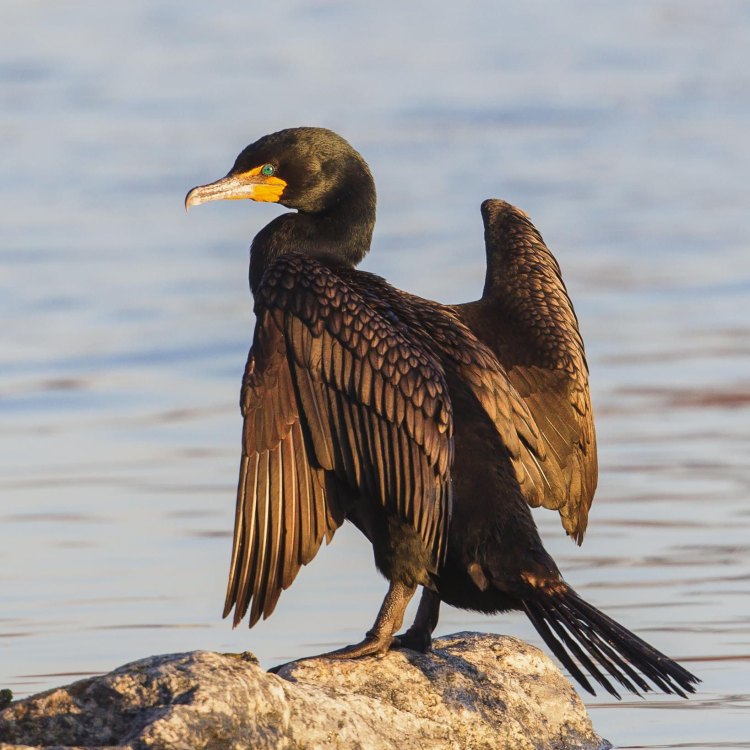
Cormorant
- Adult Size: Medium
- Average Lifespan: 10 - 20 years
- Reproduction: Sexual
- Reproductive Behavior: Monogamous
- Sound or Call: Loud croaking
- Migration Pattern: Migratory
- Social Groups: Colonial
- Behavior: Excellent divers, spend a lot of time underwater
- Threats: Habitat loss, pollution, hunting
- Conservation Status: Varies by species
- Impact on Ecosystem: Consume large quantities of fish
- Human Use: Fishing, tourism
- Distinctive Features: Webbed feet, elongated neck, hooked bill
- Interesting Facts: They have a unique fishing technique of diving and swimming underwater to catch fish.
- Predator: Large birds of prey, snakes, mammals
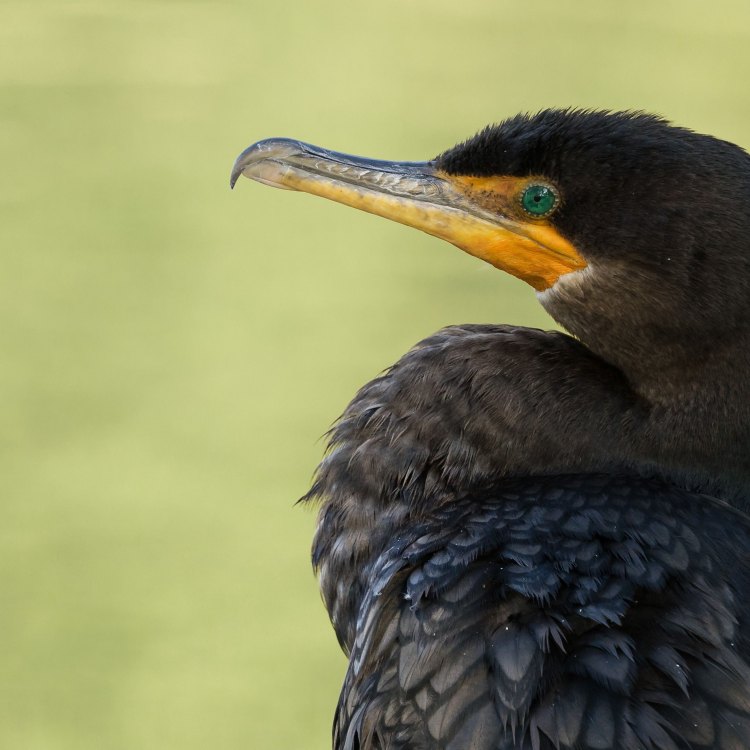
Phalacrocorax
The Fascinating World of Cormorants: Masters of the Underwater Realm
In the tranquil waters of lakes, rivers, and coastal areas, you may come across a unique and majestic bird – the cormorant. These medium-sized aquatic birds have captivated humans for centuries with their distinct features and incredible diving abilities. Everywhere they go, they leave behind a lasting impression with their loud croaking calls and elegant underwater movements. So, let us dive into the fascinating world of cormorants and discover what makes them such intriguing creatures PeaceOfAnimals.Com.Size and Lifespan
Cormorants are medium-sized birds, with an average adult size ranging from 55 to 100 centimeters in length, and weighing between 1 to 5 kilograms. They have long, slim bodies with elongated necks and an average wingspan of 100 to 150 centimeters. These birds have a sleek appearance, with dark-colored feathers that aid in reducing drag while diving.
The average lifespan of a cormorant is rather impressive, with most species living between 10 to 20 years in the wild. However, the exact lifespan varies among species, with some living up to 35 years in captivity.
Reproduction and Behavior
Cormorants are sexually reproducing birds and exhibit monogamous behavior during the breeding season. This means that they have one breeding partner throughout the season, and they work together in building nests, incubation, and raising their young.
Their reproductive behavior is a sight to behold as they perform elaborate courtship rituals, such as head-bobbing, preening, and displaying their striking wing patterns. After mating, the female cormorant lays a clutch of 2-6 eggs, which both parents take turns incubating for about 3-4 weeks Cinnamon Ferret. Once the eggs hatch, the parents feed and care for their young until they are ready to leave the nest after 5-6 weeks.
Sound and Migration Pattern
Noisy and gregarious, cormorants are often heard before they are seen. They have a loud, harsh croaking call that can be heard from a considerable distance. Their vocalizations are not only used for communication but also as a form of threat display during territorial disputes.
Cormorants are migratory birds, found in many parts of the world, including Asia, Europe, North America, and Africa, among others. They have a unique pattern of migration, with some species being fully migratory, while others are only partially migratory. These birds travel vast distances in search of food and breeding grounds, making them true world travelers.
Social Groups and Behavior
Cormorants can be found in colonial groups, often nesting and roosting in large numbers in close proximity. These social groups are crucial for their survival as they provide protection from predators and support during their breeding season. Within these groups, cormorants exhibit intriguing social behavior, such as communal feeding and synchronized swimming.
These birds have adapted to their aquatic lifestyle in remarkable ways. With their webbed feet and powerful legs, they are excellent divers, spending a significant amount of time underwater, hunting for fish. They use their powerful wings to propel themselves to depths of up to 5-10 meters, relying on their keen eyesight to locate their prey.
Threats and Conservation Status
Like many other animal species, cormorants face numerous threats that endanger their survival. The most significant threat to cormorants is habitat loss. Dams, pollution, and coastal development have resulted in the destruction of their breeding and feeding areas, making it challenging for these birds to thrive.
Another significant threat to cormorants is human activity, particularly hunting and fishing. As skilled fishers, cormorants are often seen as competition by fishermen and are often hunted to protect fish stocks, despite the lack of evidence that they significantly impact fish populations. Additionally, they are sometimes caught as bycatch in fishing nets, leading to accidental deaths.
The conservation status of cormorants varies among species, with some being listed as least concern, while others are considered endangered or critically endangered. Nevertheless, conservation efforts are vital to protect these beautiful birds from severe population declines.
Impact on the Ecosystem
Cormorants play a vital role in their ecosystem, with their feeding habits having a significant impact on fish populations. As carnivores, they consume large quantities of fish, which helps control prey populations, making them key players in maintaining a balance in aquatic ecosystems.
Additionally, their droppings are rich in nitrogen and act as a natural fertilizer, enriching waterways and aiding in the growth of algae and other plants. This, in turn, supports a diverse array of aquatic life, making cormorants an essential part of the food chain.
Human Use and Distinctive Features
Cormorants have been utilized by humans for many years, primarily for fishing and tourism. Some cultures have domesticated these birds and trained them to catch fish, a practice that has been around for centuries. In most cases, the cormorants are fitted with a ring around their neck, preventing them from swallowing large fish and only allowing the fishermen to retrieve the catch.
Tourism is another way in which humans interact with cormorants, with these birds being popular attractions in many coastal areas. They provide excellent viewing opportunities for birdwatchers and photographers, with their striking appearance and behavior.
One of the most distinctive features of cormorants is their webbed feet, which help them swim and dive efficiently. Their elongated, flexible necks are also a unique characteristic, enabling them to reach their prey underwater. However, the most intriguing feature is their hooked bill, perfectly adapted for grasping and holding onto slippery fish.
Interesting Facts
Cormorants are full of fascinating facts that make them stand out among other birds. One of the most incredible facts about these birds is their unique fishing technique. While most birds catch their prey from above, cormorants have developed a special diving method. They swim underwater and use their wings to chase and catch fish, a behavior that has earned them the nickname ‘water turkey’ in some parts of the world.
Another interesting fact about cormorants is that they have been around for millions of years. Fossil records show that these birds have been in existence for over 40 million years, making them one of the oldest bird species on the planet.
Predators
Like other animals, cormorants also have predators. Large birds of prey such as eagles and hawks are a threat to cormorants, preying on young cormorants or individuals that are isolated from the colony. Alternatively, snakes and other mammals, such as raccoons and minks, may also prey on cormorants, particularly when they are nesting on land.
Conclusion
Cormorants are undeniably fascinating creatures, with their unique hunting skills, social behavior, and distinctive features. However, like many other animal species, they face numerous threats that endanger their survival. Therefore, it is crucial to continue raising awareness and taking steps to protect and conserve these magnificent birds, allowing them to thrive in their natural habitats for future generations to enjoy. So, the next time you spot a cormorant, take a moment to appreciate its beauty and the wonders of the underwater realm it inhabits.
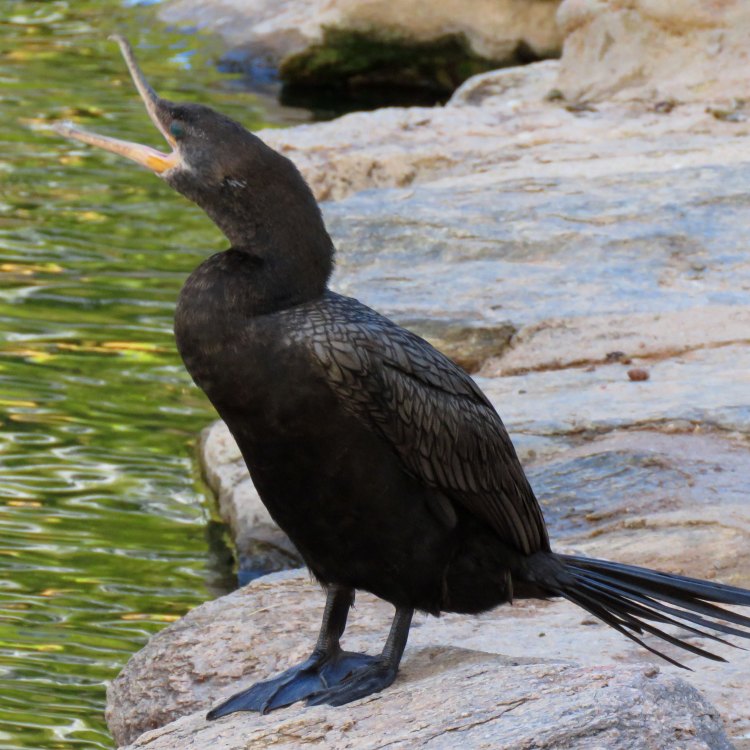
The Fascinating Cormorant: Masters of the Water World
Disclaimer: The content provided is for informational purposes only. We cannot guarantee the accuracy of the information on this page 100%. All information provided here may change without prior notice.

